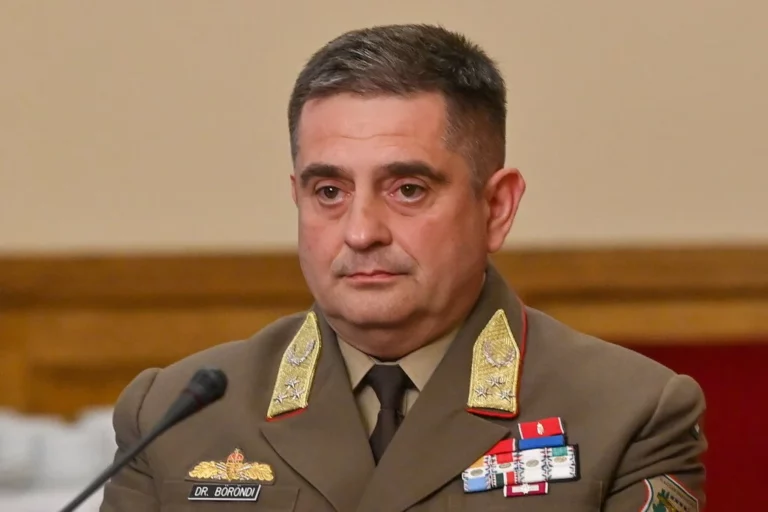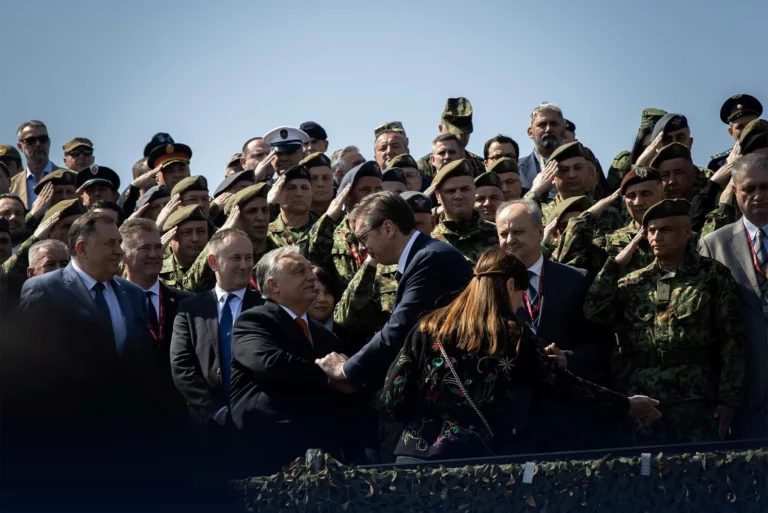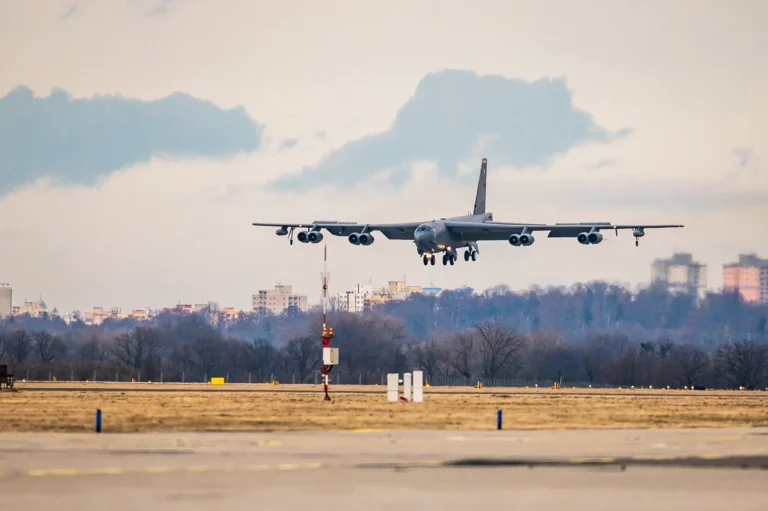military
BREAKING! Armed attack against MOL plant, six dead. Will fuel prices skyrocket? – UPDATED

Hungary celebrated military

Like in the good old days: Hungary’s military protects Croatia, Slovakia, Slovenia

Government would boost Hungarian Armed Forces’ combat readiness

Orbán: It is impossible to imagine that Russia would be defeated

New commander of the Hungarian Armed Forces approved by parliament – UPDATED

Commander of Hungarian Armed Forces dismissed

Hungarian special forces evacuated Americans from war-torn state! – UPDATED

Hungary found a new top military ally in Europe

PHOTOS: EU Heads of Missions visited Pápa military airport

Dozens of officers sacked from Hungary’s military intelligence!

VIDEOS: Hungary very proud on its army

Staggering: Hungary leads NATO in this segment

PHOTOS: A lot of Hungarian soldiers returned from Kosovo

Hungary will introduce obligatory conscription again? The President answered

Hungary won’t send ammunition to Ukraine

Leaked: Nuclear bomber made weird manoeuvres in Hungarian airspace!

Hungarian minister’s revelation: we do train Ukrainian troopers!






